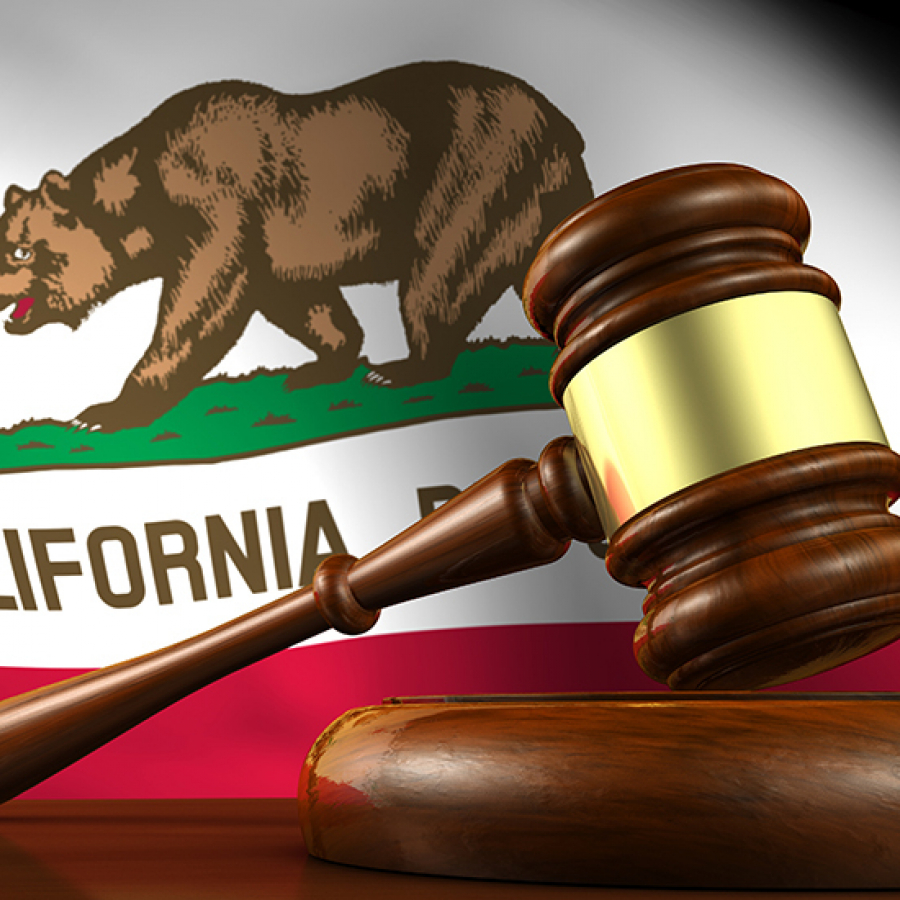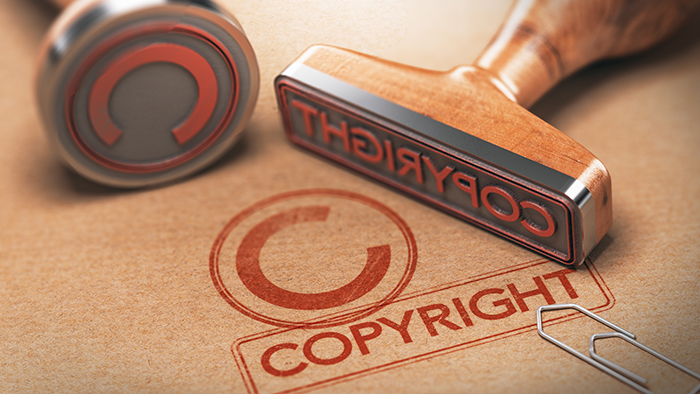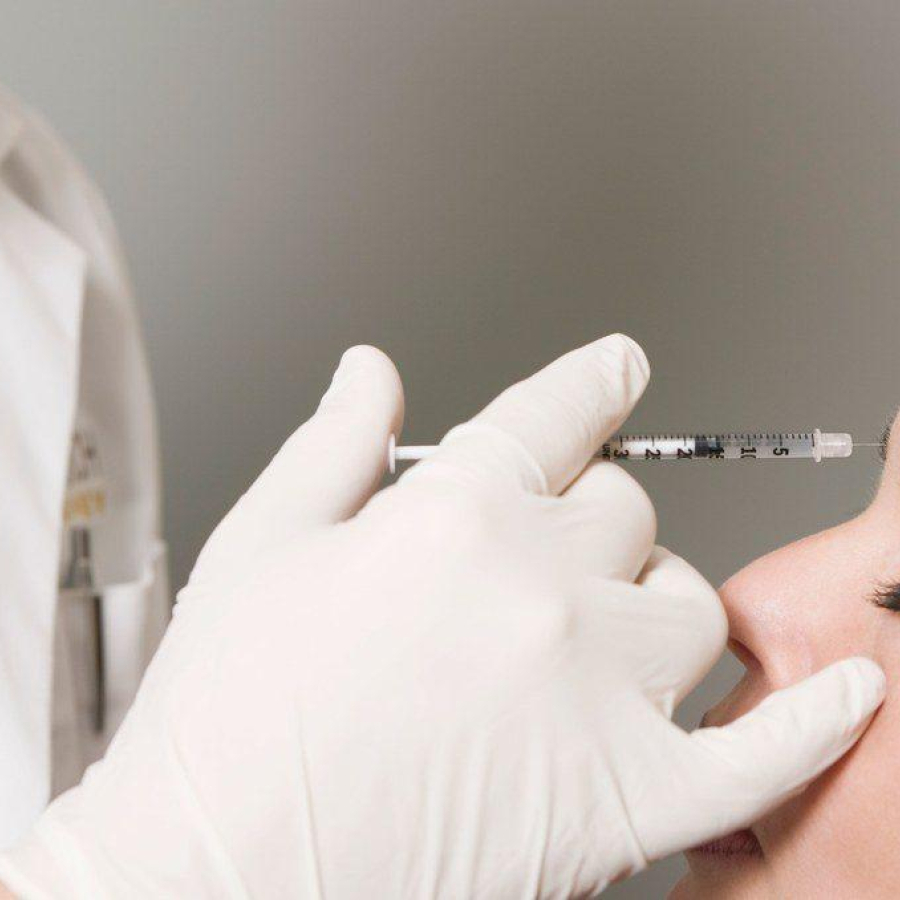
Legal
Second California Law That Affects MSOs Passes
California has now passed two laws that will have an effect on how investors, health care entities and management services ...

Show your committment to patient safety, legal compliance and community over competition.
AmSpa members receive preferred pricing on all AmSpa live and virtual trainings.
Get the latest news and information about safe, legal practice in medical aesthetics directly in your inbox.
Get access to med spa laws, in-person and online training and more!
Posted By Mike Meyer, Friday, July 17, 2020

By Patrick O'Brien, JD, legal coordinator, American Med Spa Association
Building a successful medical spa requires a lot of elements to come together and work in harmony. You need, among many other things, the right name, location, furnishings, staff, training, marketing, strategy and policies. All these come together to form your medical spa's "brand." Growing and developing this brand is critical to the medical spa's success. Therefore, it is extremely important that you protect the brand. We have talked in the past about the importance of finding and protecting your medical spa's name (see here); now we will look at some issues surrounding the protection of the first thing many customers see of your medical spa—your website.
You probably spent a great deal of time, money and thought on building a website that best reflects your brand. Getting the right font, layout, background and pictures takes a lot of effort and is very important for creating that initial impression with your clients. So, it only is natural to want to safeguard it to keep it from being copied or stolen. The good news is that your website is covered under copyright law; the bad news is that the protection isn't complete and enforcing your rights can be difficult.
Bala Mohan, an attorney with ByrdAdatto, describes a copyright as "a unique intellectual property right that vests the moment any original work of authorship is affixed on a tangible medium, and using the mark © is encouraged to put public on notice of your right. Additionally, registering the work with the United States Copyright Office is recommended for business owners intending to actively police their copyright to deter potential infringement." Therefore, once your website was hosted on the internet, it had copyright protection. While it is helpful to use the © or "copyright 2020 [your name]," it is not strictly necessary. Copyright protections will cover original texts, graphics, photos and audiovisual elements of your website, as well as the particular underlying HTML code that makes up the site. If someone takes one of these original elements to use as their own, you may have legal recourse, including a civil suit or sending a takedown or cease and desist notice.
Copyrights only protect "original" works. A copyright will cover the specific choices made for the site and may protect against imitators that are too similar. But how similar is too similar? That is a question that can really only be answered in a trial. It is relatively easy to assess if the specific language, photos or the website's HTML code has been copied, but elements such as font choice, layout and color scheme are more difficult to protect. If your website was built from a template, your copyright doesn't prevent others from using the same template. Likewise, the use of Courier New or autumn saffron won't keep others from using it. All told, someone can be "inspired" by a particular site and reverse-engineer a site with a very similar "feel" and not violate copyright.

To assert copyright protections, you need to be the owner of the copyright. Copyrights are owned by the author who created the original work. The many elements that go into making a website—the pictures, language and design—can and probably are owned by different people. The employer owns the copyrights for works created by employees for the employer. However, the copyrights for works created for a business by a vendor or independent contractor may still be owned by the vendor or contractor. These defaults can be changed with written agreements that transfer the rights along with the work. But even if that is the case, it wouldn't stop a photographer from continuing to take pictures in their style or a web designer from using their templates and creativity to design new websites similar to yours.
While copyright protections vest once the work is created, you will need to register it with the U.S. Copyright Office prior to asserting your rights. There are, however, benefits to registering early: If a work is registered within three months of publication or prior to the first infringement, it can allow the rights-holder to sue for set "statutory" damages and attorney fees instead of needing to prove actual monetary damages, which can be difficult to pin down accurately.
Both registering with the Copyright Office and suing for infringement are very technical areas and should be undertaken with the aid of knowledgeable legal counsel. For a smaller business like a medical spa, the cost and time this takes may only be worth it for major or very damaging infringements. Often, getting the person to simply stop using your intellectual property is a satisfactory outcome.
There are two main options that are much simpler than a suit and might still get someone to stop using your property. The first is the tried and true cease-and-desist letter typically prepared by your attorney. Often, simply informing the infringer that you are aware that they stole your property and that you are considering legal options will be enough to get them to stop. The second is sending a takedown notice under the Digital Millennium Copyright Act (DMCA). These notices are sent to a website's internet service provider (ISP), who, in turn, informs the website owner of the copyright infringement. Typically, the ISP will remove access to the infringing property within a few days. While these are relatively simple letters, they also have some technical aspects that an expert can assist you with.
A third option is to employ shame. By bringing these thefts to the public's attention, the offending person may decide to delete them rather than suffer the continued reputation loss. But this path is not without its downsides. It is easy to get too caught up in being right and come off as petty or end up in a mud-slinging contest.
Clearly, it is hard to protect the website as a whole. If there is a direct copy of your site trying to mislead people, then that is a clear-cut case of fraud, but there may be little you can do to similarly styled or inspired websites. However, it is much easier to protect the aspects that make up your site, such as the photos, video and text—provided, of course, that you have the copyrights for these items transferred to you. Ultimately, the amount of effort you expend protecting the contents of your website is up to you. While it can be extremely frustrating to see your hard work get stolen and used by competitors, it is important to keep in perspective how much actual harm they are causing. Sometimes, the best solution is to continue to innovate and be the medical spa that others copy.

AmSpa has a number of webinars on marketing, social media and photos that your competitors will want to steal. Click here to view the webinar library.
Related Tags
Medical spa news, blogs and updates sent directly to your inbox.

Legal
California has now passed two laws that will have an effect on how investors, health care entities and management services ...

Legal
A newly passed law in California will prohibit certain contractual provisions between medical and dental practices and private equity groups ...

Legal
By Patrick O'Brien, General Counsel, American Med Spa Association (AmSpa)The September bulletin from the Texas Medical Board (TMB) helps to ...

Legal
By Patrick O’Brien, General Counsel, American Med Spa AssociationOn September 23, 2025, the Alabama Board of Medical Examiners (BME) issued ...